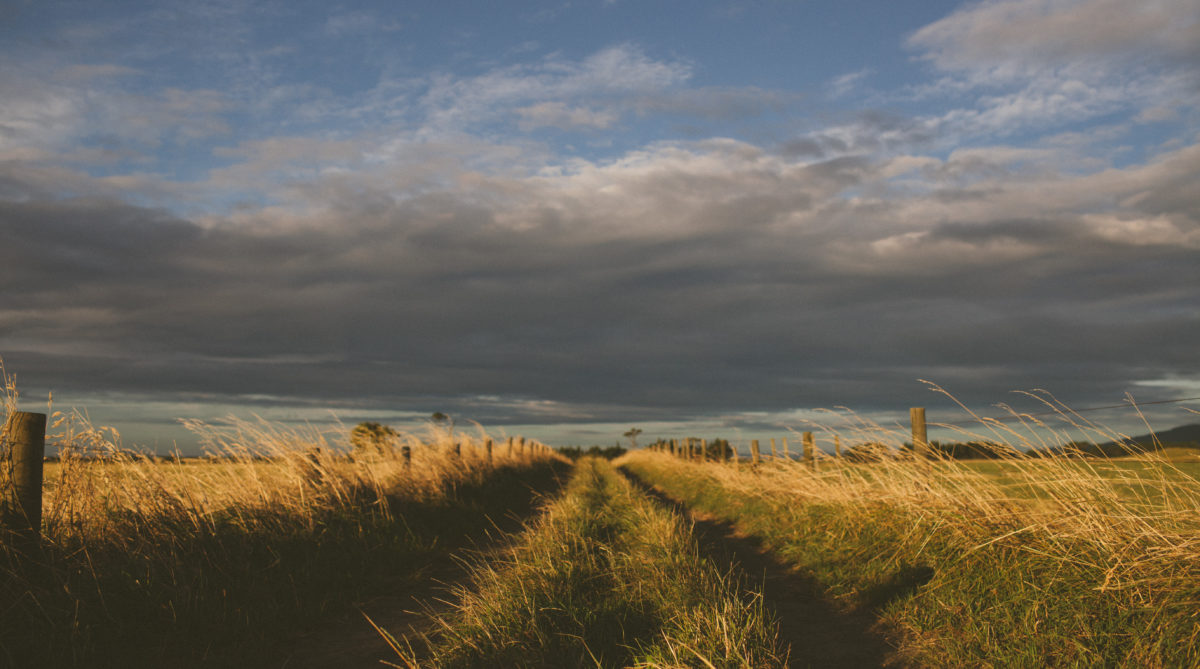March 26, 2017
After seven years as cornerstone investors, a collection of Australian superannuation funds including AustralianSuper, have made the decision to exit the Sustainable Agriculture Fund (SAF). The collective move has placed AgCAP, the fund’s manager, in the position of listing the fund’s portfolio of agricultural assets on the market with expectations of fetching A$180 million for the properties, only months after announcing the fund’s intention of raising A$220 million in additional capital.
The decision to exit the SAF upon the close of the seven-year term was undertaken despite the fund making a return on capital for 2015/16 of approximately 8 percent reports the Weekly Times – about double the return generated from Australia’s superannuation funds that same year.
As large overseas pension funds are investing in Australian agriculture based on the positive global macro conditions and outlook for food and agriculture, the majority of domestic Australian private and public superfunds are seemingly reluctant to move into the space.
This reticence is reflected in the fact that only 0.3 percent of investments in the agricultural sector come from the country’s $2 trillion superannuation investors, which often don’t embrace the longer-term nature of agricultural investment.
“There are trite comebacks such as climate risk and volatility. But some of it is that analysts and people in these big funds just don’t understand the agriculture asset class,” Shirley Harlock, chairwoman of AgCAP told the Weekly Times.
Australia’s Agriculture Secretary Barnaby Joyce addressed the lack of investment in the sector by the country’s biggest funds at the Global Food Forum in Melbourne in 2015 stating, “The biggest problem is trying to get asset managers to understand the fundamentals of agriculture. They understand how to wear RM Williams boots and like photos of horses, but actually understanding the delivery of what agriculture can do is probably not as precise as it should be (in the finance industry).”
Meanwhile, asset managers are laying the onus at the feet of the government.
In September 2015, Lachlan Baird, chief executive of Australia’s $2.5 billion superannuation fund, Prime Super, said that the fund is unlikely to make further commitments to investments in agriculture or rural farmland unless the government helps create more professional investment opportunities of greater scale within the market.
Mr. Baird called on the government to pool smaller agriculture operations into larger entities worthy of large-scale investment, adding that ag-related infrastructure including rail, port facilities, water, and bulk handling facilities would be the most likely segments for scalability and superfund investment, given proper government involvement.
“As a super fund we can’t go out and do that ourselves – there is too much risk involved,” Baird said. “I can’t get past the point that government must be involved. As a nation we need to start investing in the longer term.”
The Portfolio
AgCAP will now be appointing an agent to sell the SAF portfolio comprised of 17 farms across Australia that are active in beef, dairy, cropping, and irrigated production which are organized into five aggregations:
~ The North Star Cropping aggregation in New South Wales that includes the Calrossie, Kirewa, Gil Gil, Marlow, and Glenesk properties which were acquired by SAF for $30 million in 2009.
~ The Cradle Coast aggregation in Tasmania that includes the Blythe, Vale, Ashburton, Midlothian, and Springvale properties.
~ The Victoria cropping aggregation which includes the cornerstone Fintry property acquired by SAF in 2011 for $13 million.
~The King Island beef aggregation, which includes the Boongara, Dinibili, Longford, and Reekara Park properties, which was acquired in 2010 for $27 million.
And –
~ The Darlington Point irrigated cropping aggregation located in New South Wales that consists of the Tubbo Station and Huddersfield property.
At this point, AgCAP has not committed to how the sale will progress – selling the entire portfolio in a single transaction, or by property; instead letting the decision be driven by the highest possible return for investors.
“We understand that there will be some parties that will be interested in individual assets, while there will be others that are interested in the fund as a going concern,” Deo de Jesus, general manager of SAF told AFR.
The listing of the SAF portfolio is the third agricultural aggregation to be listed within a week’s time, according to The Weekly Times, following Petaburn Dairies – a 608 hectare property in Undera in the state of Victoria, which is expected to sell for A$12 million, and Frances Farm – a 2,800 hectare aggregation in South Australia, also expected to sell for A$12 million.
-Lynda Kiernan
Lynda Kiernan is Editor with GAI Media and daily contributor to GAI News. If you would like to submit a contribution for consideration please contact Ms. Kiernan at lkiernan@globalaginvesting.com.

Let GAI News inform your engagement in the agriculture sector.
GAI News provides crucial and timely news and insight to help you stay ahead of critical agricultural trends through free delivery of two weekly newsletters, Ag Investing Weekly and AgTech Intel.




